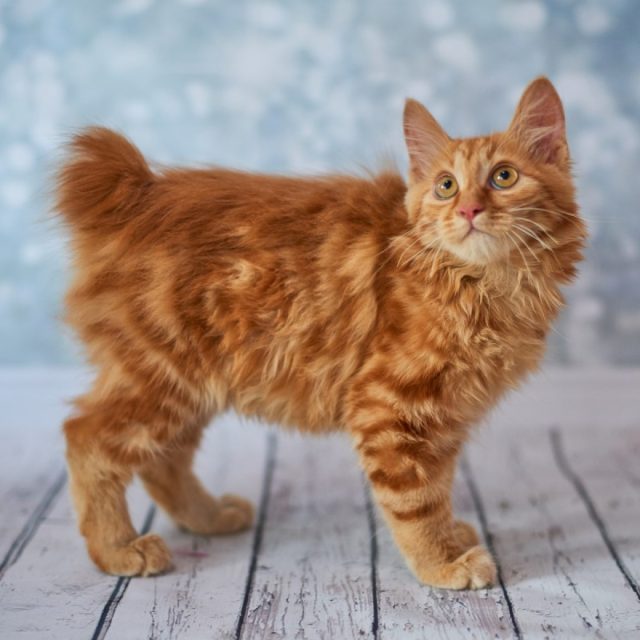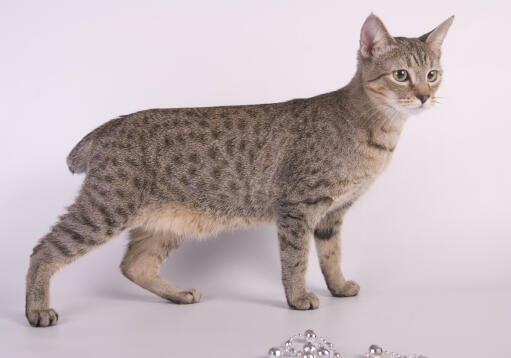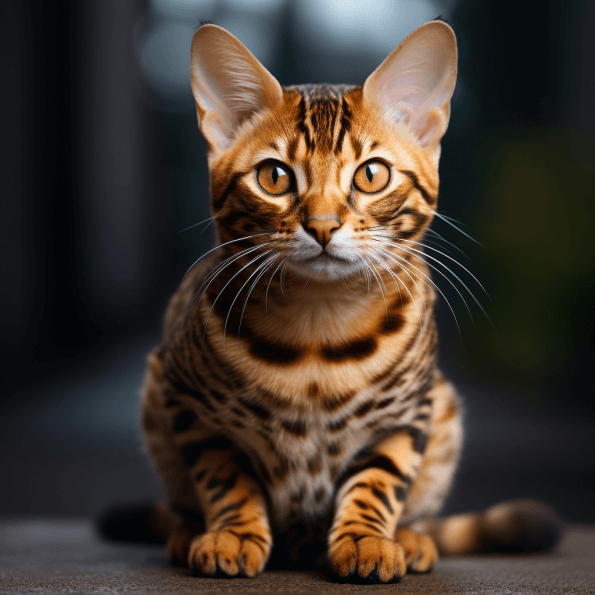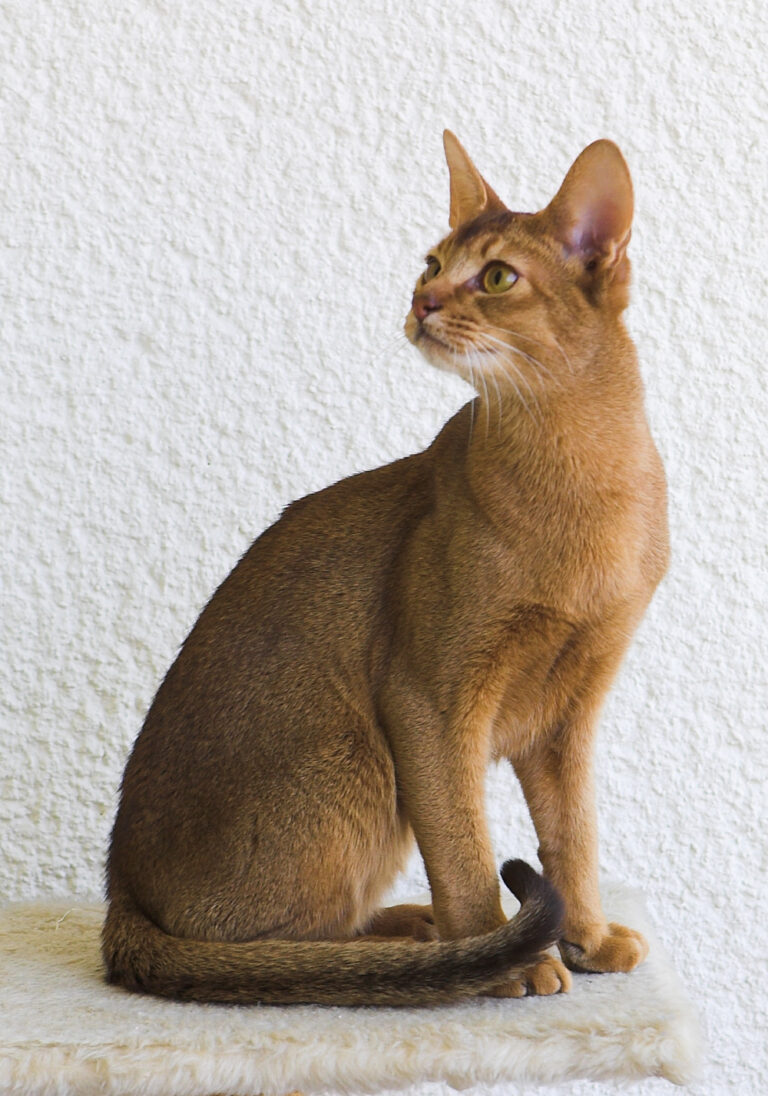American Bobtail – Cat Breeds
You’re here probably because you’re eager to know about one of America’s beloved and admired cat breeds – the American Bobtail. This article is ready to serve as your comprehensive guide to everything you need to know about this charming, intelligent breed. With its distinct wild appearance and fluffy stubbed tail, the American Bobtail stands out from other feline fellows. It’s a breed that perfectly blends the cuddliness of a house pet and the captivating appeal of a wildcat. Let’s journey together and learn about the engaging world of this unique breed, its history, major characteristics, behaviors, care tips, and so much more.
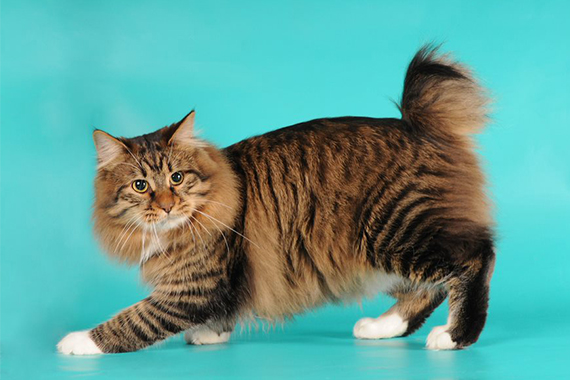
American Bobtail: Historical Origins
Origins and Early History
The origin of the American Bobtail cat is quite an adventure story. It begins in the 1960s, when a couple vacationing in Arizona found an unusual stray kitten with a bobbed tail, reminiscent of a wild bobcat. They named him Yodie and sweet little Yodie, despite his bobcat-like appearance, was a domestic cat, and soon became part of the family. When Yodie later mated with a Siamese cat in the family, they produced a litter of kittens with short tails, marking the inception of a new breed, the American Bobtail.
Genetic Background
The remarkable tail of the American Bobtail is the result of a naturally occurring genetic mutation. This mutation, unlike that which is responsible for the tailless or almost tailless condition found in breeds like the Manx cat, does not lead to medical issues or disabilities in the cat. It’s important to note though that not all American Bobtails have extremely short tails; the length can range anywhere from one to four inches.
First Recognized Specimens
It wasn’t until the 1980s that breeders started taking an interest in the American Bobtail. The breed was officially recognized by The International Cat Association (TICA) in 1989 and by the Cat Fanciers’ Association (CFA) in 2000.
Physical Characteristics
General Body Structure
American Bobtails have a naturally athletic body with noticeable muscular development. They have a medium to large build and a distinctive bobbed tail. Despite their size and muscularity, they are surprisingly agile and light on their feet.
Fur and Color Patterns
The breed comes in all coat colors and patterns. Fur texture can be either short or semi-long, with the semi-long fur having a plush, shaggy appearance. The cat’s coat is weather-resistant and consists of a double layer of fur: a dense undercoat and a tougher top coat.
Markings and Distinguishing Features
Apart from the tail, which is the centerpiece of their uniqueness, American Bobtails can have prominent whisker pads, almond-shaped eyes, and a broad modified-wedge-shaped head. Their hind legs are also slightly taller than their front legs.
Physical Growth and Development
American Bobtails have a slower growth rate than other cat breeds. It often takes up to three years for them to reach full physical development.
Temperament and Behavior
General Temperament
The American Bobtail personality is as unique as their tail. The breed is known for its loving, sociable, and intelligent demeanor. They are excellent problem solvers and have been likened to dogs in their loyalty.
Common Behavioral Traits
These cats are known for being playful and energetic. They are not as hyperactive as some breeds but have a moderate activity level that sticks around even well into their adult years.
Interaction with Owners and Family
American Bobtails form deep bonds with their human families. They are known to seek out human interaction, and enjoy playtime and cuddle sessions with their family members.
Interaction with Other Pets
They also get along famously with other pets, including dogs, making them perfect for multi-pet households.
American Bobtail’s Health and Longevity
Common Health Issues
Although they are generally healthy cats, American Bobtails are prone to specific genetic health issues like hip dysplasia and heart disease. It’s always a good idea to ensure your cat has had the appropriate health screenings before bringing it home.
Life Expectancy
Their average life expectancy is 13 to 15 years, though some can live to even older ages with proper care.
Health Care Requirements
Regular vet check-ups, a good diet, and plenty of exercises can help keep your Bobtail healthy and happy.
Genetic Diseases
American Bobtails do not have any breed-specific diseases, and their genetic diversity contributes to their overall hearty health.
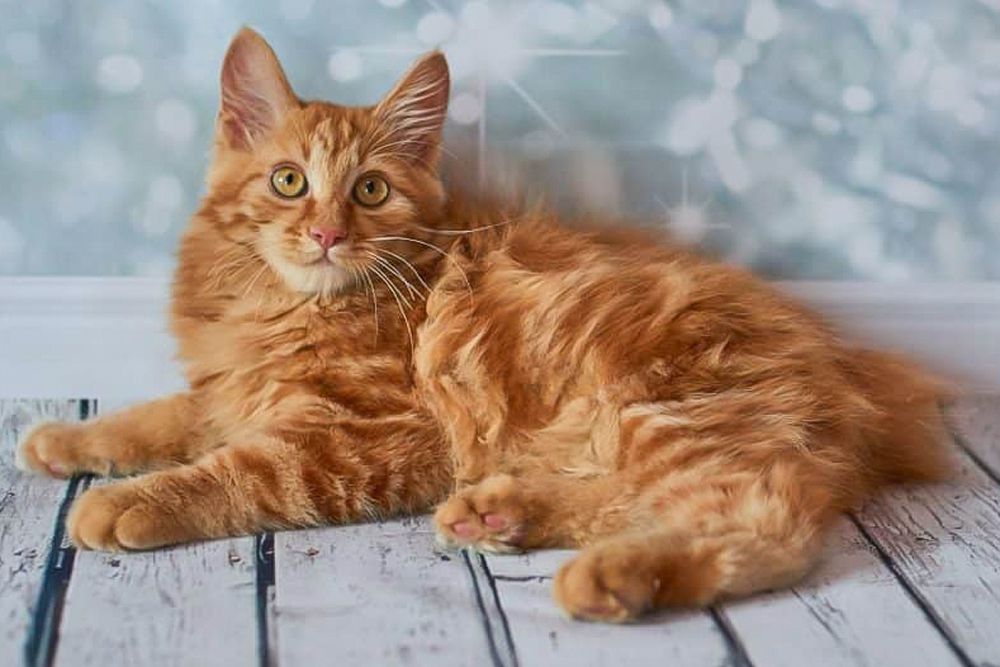
Diet and Nutrition
Dietary Requirements
Like all cats, American Bobtails require a diet high in protein. Be sure to choose a high-quality cat food that lists a source of animal protein as the first ingredient.
Ideal Diet Plans
The best diet for a Bobtail would combine both dry and wet food to ensure adequate hydration and dental care. Keep in mind though, that like many cat breeds, they can be prone to obesity if overfed.
Common Food Allergies or Sensitivities
American Bobtails don’t have any known specific food sensitivities or allergies. However, it’s always recommended to watch out for typical signs of food intolerance such as skin conditions or persistent gastrointestinal upset.
Nutritional Tips for Long-Term Health
Maintain a balanced diet and avoid overfeeding. Regular feeding routine helps, and so does providing various types of food to prevent boredom and picky eating habits.
Grooming and Maintenance
Grooming Needs
American Bobtails are low-maintenance cats when it comes to grooming. However, those with longer coats do require more frequent brushing to prevent tangling and matting.
Bathing and Brushing
Regular brushing is sufficient to keep the Bobtail’s coat healthy and shiny. Bathing is rarely required unless the cat gets into something messy.
Nail Care
Nail trimming should be done every two weeks or as needed. It’s also beneficial to provide your cat with a scratching post to help keep their nails healthy.
Eye and Ear Care
Regularly check your Bobtail’s eyes and ears for signs of infection. And like all cats, they need their teeth checked and cleaned regularly to prevent dental illnesses.
Grooming Tips for American Bobtails
Brush their teeth to prevent periodontal disease. Some cats can develop a condition known as “lionitis,” or severe matting, so regular brushing is key. Longhaired Bobtails may also require a little bit more attention to grooming, particularly in their tail area.
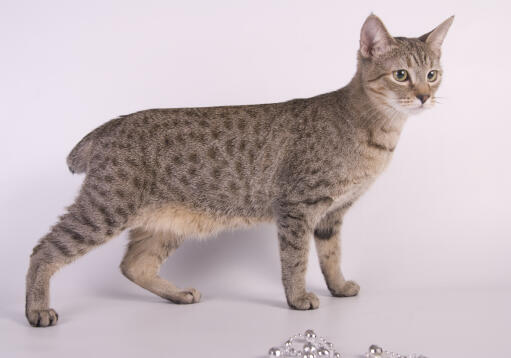
Common Behaviors and Training
Training Needs
American Bobtails are quick learners and can be easily trained. You’ll find these creatures quickly picking up tricks or understanding basic commands, making them a good breed for those interested in cat agility training.
Common Behavior Issues
The most common issue among this breed is their curiosity which may lead them to explore danger zones like kitchen counters and high shelves. Training and early socialization can help in curbing this adventurous streak.
Tips for Successful Training
Use positive reinforcement techniques to encourage them. They respond well to treats and praises, making training a pleasurable activity for them.
Behavioral Quirks Unique to American Bobtails
They have a penchant for games that involve testing their agility and dexterity. So don’t be surprised if you find them initiating a game of fetch!
Socialization Requirements
Tips for Socialization
Introduce them slowly to new people and pets. Encourage them to play or engage in social activities in the home environment.
Ideal Home Environment
They are adaptable and do well in many environments. However, being active cats, a living space with room to play and climb would be ideal.
Interaction with Children and Other Pets
American Bobtails make great companions for children and other pets. They get along well with everyone in the household and are known to be gentle and patient.
Common Social Behaviors
These cats are not overly demanding but appreciate attention and human interaction. Their sociable nature makes them a hit in family settings.
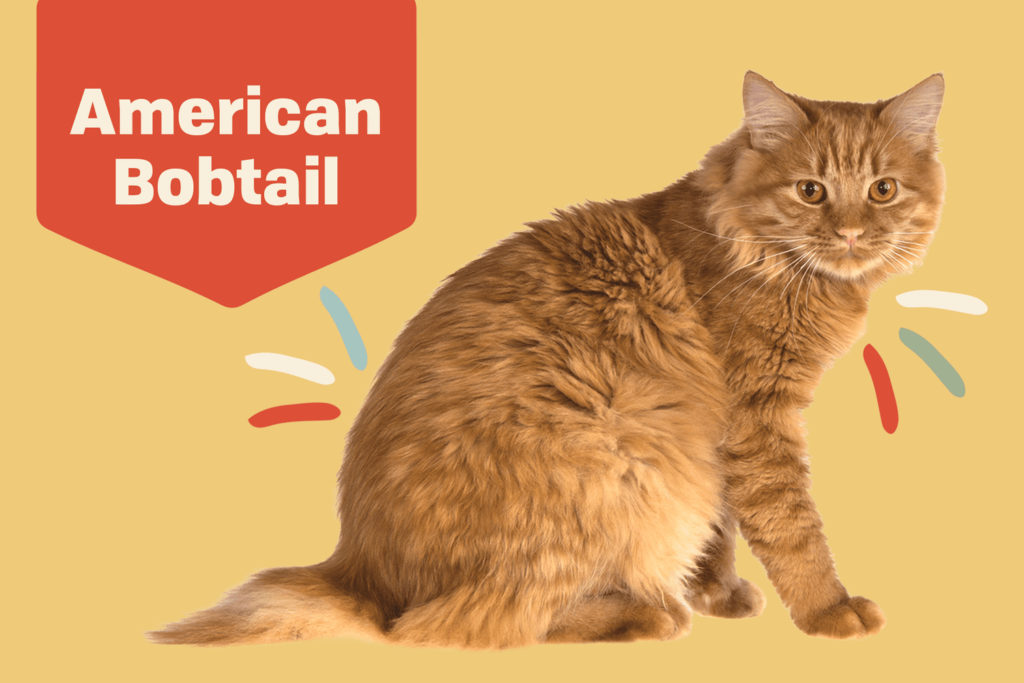
Breeding and Kittens
Breeding Considerations
American Bobtails are considered a rare breed, but if you’re interested in breeding them, make sure to screen for potential genetic issues typical in the breed.
Caring for Kittens
Ensure a warm and safe environment for American Bobtail kittens and guarantee they receive the correct vaccinations and health check-ups on time.
Physical Development of Kittens
Like the adults, American Bobtail kittens develop slowly and may not reach full size until they are three years old.
Social Development of Kittens
Early socialization is crucial for the cats as it helps shape their affable and tolerant nature.
Adopting an American Bobtail
Things to Consider
Before adopting an American Bobtail, make sure you’re ready for an engaging pet who is also a bit of a prankster!
Tips for First Time Owners
Provide an enriched environment, regular exercise, and a lot of loving interaction as they are a very social breed.
Cost Considerations
American Bobtails are a rare breed, which tends to make them more expensive. Also consider ongoing costs such as food, grooming, and health care.
Adopting an Adult vs a Kitten
Choosing between an adult and a kitten depends on what you’re looking for in a pet. Kittens are energetic and inquisitive, requiring more training and supervision; adults are more laid back and need less supervision. Both age ranges will provide lots of love and entertainment! When adopting a Bobtail, whether it’s a kitten or an adult, just ensure they are healthy and have been given proper care. Enjoy your new furry friend!
